1st Phoenix Film Festival
AMC Arizona Center, February 9th-11th, 2001
 At the risk of sounding like a mini-megalomaniac – which, the nurses say, is way down my list of disorders – there are occasionally times when, just for a moment, it seems as if the universe truly does revolve around me. I mean, within three months of my arrival in Phoenix, they’ve organised a film-festival. And not just any film-festival, but one dedicated to low-budget and independent movies, with nothing costing more than a million allowed on the premises. Does life get any better than that? Not when we get two all-access press passes to the event, no.
At the risk of sounding like a mini-megalomaniac – which, the nurses say, is way down my list of disorders – there are occasionally times when, just for a moment, it seems as if the universe truly does revolve around me. I mean, within three months of my arrival in Phoenix, they’ve organised a film-festival. And not just any film-festival, but one dedicated to low-budget and independent movies, with nothing costing more than a million allowed on the premises. Does life get any better than that? Not when we get two all-access press passes to the event, no.
For given the choice between seeing a film with a million-dollar budget, and one costing a hundred million-dollars, I know which one will get my popcorn. The more money that is ploughed into a project, the more people have a finger vested in the pie, and inevitably, you end up with movies written by committees of accountants. Any risks, originality, or spark of life have to run the gauntlet of rewrites, test screenings and studio executives, and the results are…Gone in 60 Seconds…Battlefield Earth…Jim Carrey. Given the choice between hiring Mr. One-Expression, or making twenty feature films, which is better value for viewers, film-makers and the world of cinema in general?
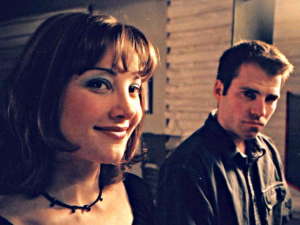 In addition to the independence of vision, low-budget movies offer another advantage: they’re short. Of the seventeen films in the festival, the longest ran for just 101 minutes, because when you’ve got no money, every frame has to count. These are like blow-darts, make the point and stop, unlike the overblown epics coming out of Hollywood. There, you might as well smash the rock over the viewers’ heads a few more times because it’s someone else’s money anyway.
In addition to the independence of vision, low-budget movies offer another advantage: they’re short. Of the seventeen films in the festival, the longest ran for just 101 minutes, because when you’ve got no money, every frame has to count. These are like blow-darts, make the point and stop, unlike the overblown epics coming out of Hollywood. There, you might as well smash the rock over the viewers’ heads a few more times because it’s someone else’s money anyway.
This helps explain why, of the eight films seen over the weekend, all were worthy of respect; they might not have been perfect (unsurprising, when you can often afford no more than three takes), they might not always have succeeded in their goals, but you can only applaud all the makers for their efforts, especially in the face of shooting schedules as low as ten days. These people are the future of cinema, and deserve support and recognition every bit as much as Hannibal – which I saw on Sunday night after leaving the festival, and can honestly say was less enjoyable than every movie in it. Two films, Vice and Boys From Madrid, are already contenders for my ten best of 2001, and Green would have followed them, if it hadn’t been made in 1997. My only gripe was an excessively parochial feel: all the features were English language, and only one came from outside North America. That, I suspect, comes down to submissions rather than any conscious decision, and next time, as an “established” event, I hope for a more global selection. On the other hand, it was an additional pleasure to see shorts, not only in their own programs, but alongside the main features.
 The event took place in a far-off corner of the 24-screen AMC megaplex in downtown Phoenix; if this smacked of sell-out to The Man, at least we got comfortable stadium seating with lots of leg-room for our souls, and it was a salutory experience to walk past the likes of Saving Silverman on the way to the festival zone. Once there, it was like entering another country because, as well as the content, the atmosphere was great. Most entries had directors, producers and actors in attendance, who were delighted to talk about their work afterwards, in sessions of excellent informality. Everyone was approachable and friendly, and additionally, a lot of guests hung around to see other people’s movies, a major plus compared to other festivals I’ve attended.
The event took place in a far-off corner of the 24-screen AMC megaplex in downtown Phoenix; if this smacked of sell-out to The Man, at least we got comfortable stadium seating with lots of leg-room for our souls, and it was a salutory experience to walk past the likes of Saving Silverman on the way to the festival zone. Once there, it was like entering another country because, as well as the content, the atmosphere was great. Most entries had directors, producers and actors in attendance, who were delighted to talk about their work afterwards, in sessions of excellent informality. Everyone was approachable and friendly, and additionally, a lot of guests hung around to see other people’s movies, a major plus compared to other festivals I’ve attended.
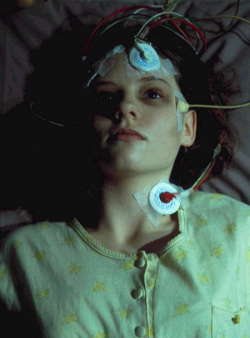 On the down side, an unfortunate number of screenings were plagued with technical problems: the video projection was particularly awful, with bad colour and shortcomings on sound – where there was any at all – but even some of the film projection was not up to an acceptable standard. These gremlins led to films starting anywhere up to half-an-hour late, and this had a knock-on effect, delaying both later movies in that screen, and in other screens since people might have tickets to them as well. At $10/film, it was pricey, especially for the video-projected films (a fact not mentioned in the program!) and the ticketing system itself seemed strange. If you bought a ticket to a specific movie, you (theoretically) might or might not get in, since priority was given to those who’d bought one-day passes.
On the down side, an unfortunate number of screenings were plagued with technical problems: the video projection was particularly awful, with bad colour and shortcomings on sound – where there was any at all – but even some of the film projection was not up to an acceptable standard. These gremlins led to films starting anywhere up to half-an-hour late, and this had a knock-on effect, delaying both later movies in that screen, and in other screens since people might have tickets to them as well. At $10/film, it was pricey, especially for the video-projected films (a fact not mentioned in the program!) and the ticketing system itself seemed strange. If you bought a ticket to a specific movie, you (theoretically) might or might not get in, since priority was given to those who’d bought one-day passes.
I say “theoretically”, since none of the screenings we went to were sold out, with the majority less than half-full. While this is perhaps fortunate in the light of the above, it’s otherwise a shame, and I think the festival could have done with broader publicity – on several occasions before the weekend, we mentioned it to people and their reaction can be summarised as “Huh?” However, everyone we spoke too at the event had a thoroughly good time, so there should be plenty of positive word-of-mouth for next year. It’s a festival that certainly deserves to be a success, and I’m already looking forward enormously, to bigger and better things next year.
[Thanks to Golan Ramras for the press passes, and Chris Fata for editorial assistance, festival liaison, her comfy shoulder and enough Diet Coke to float a battleship…]
For more information on this year’s festival, and to keep up to date on the plans for next year’s, visit the Phoenix Film Festival website.
| Festival reviews Boys From Madrid Chump Change Green Killing Cinderella Middlemen Standing on Fishes Urban Ghost Story Vice | TC Awards Best Film: Boys From Madrid Best Actor: Theo Pagones, Boys From Madrid Best Actress: Meredith Scott Lynn, Standing on Fishes Best Director: Carlo Gustaff, Boys from Madrid Best Supporting Actor: Phillip Maurice Hayes, Middlemen Best Supporting Actress: Patricia Kalember, Killing Cinderella Best Script: John Woodward, Vice Best Cinematography: Karl T.Hirsch, Green |
| Phoenix Films Bus Stop The Gauntlet The Getaway Highway to Hell The Prophecy Raising Arizona Tank Girl Terminal Velocity Zabriskie Point | Official Festival Awards Best Short Film: The Limited (Catherine MacKinney) and Modern Daydreams (Mitchell Rose) – tie Best Feature Film: Middlemen Best Director: Kevin Speckmaier, Middlemen Best Screenplay: Stephen Burrows, Chump Change Best Ensemble: The cast of Rollercoaster Arizona Filmmaker Award: Karl T. Hirsch, Green Audience Ballot Award: Chump Change Best Student Short: My Chorus (Richard Doherty) |

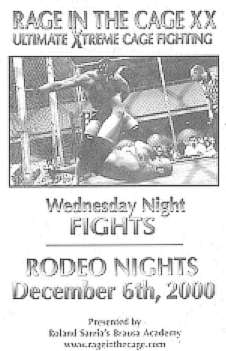
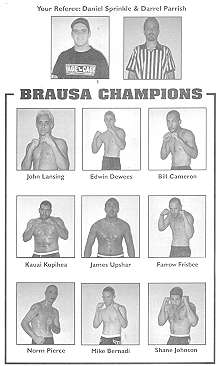
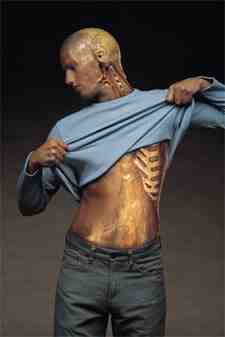

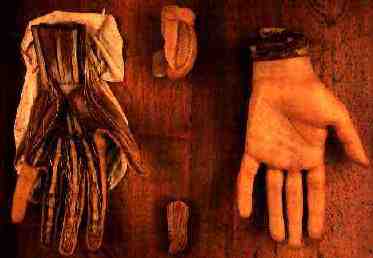

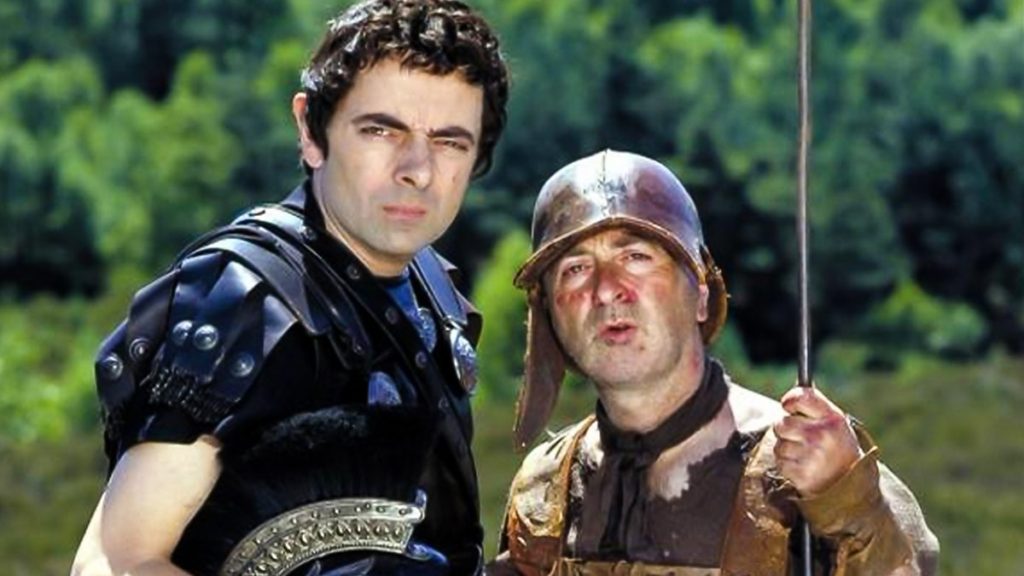
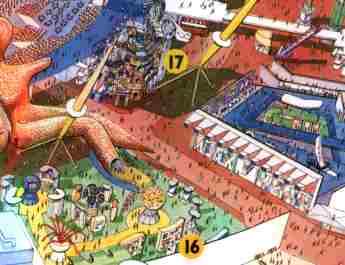
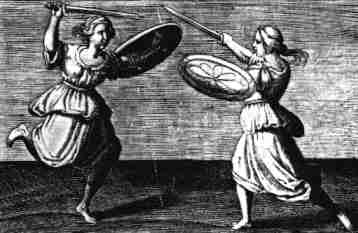 Unwilling though we may be to admit it, violence is an integral part of human nature. Any civilised society needs to come to terms with it, and find an appropriate, sanctioned outlet through which its population can release those aggressive tendencies. In olden times, war was the release-valve of preference: ship you angry young men off to the front, and let them kill someone else’s angry young men. Not a problem – at least, unless you’re one of them. But what do you do when society is stable, and there are no convenient wars to hand?
Unwilling though we may be to admit it, violence is an integral part of human nature. Any civilised society needs to come to terms with it, and find an appropriate, sanctioned outlet through which its population can release those aggressive tendencies. In olden times, war was the release-valve of preference: ship you angry young men off to the front, and let them kill someone else’s angry young men. Not a problem – at least, unless you’re one of them. But what do you do when society is stable, and there are no convenient wars to hand?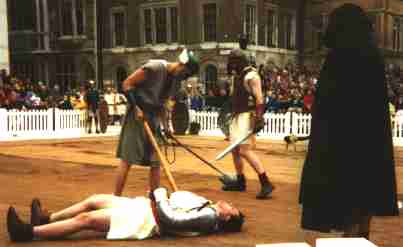 Even the fringes of the Empire got in on the act. London had an amphitheatre in what is now Guildhall Yard, capable of seating 7,000 people. This shows just how popular a spectacle it was: the total population of the city was only 20,000 at that time, and you didn’t tend to get many away supporters either – “Gaw’n, Christians!” Recently, the Museum of London staged a demonstration of gladiatorial combat on this very site, and I went along, keen as ever for my fix of cathartic violence, and clad appropriately enough in a Stone Cold Steve Austin jersey…
Even the fringes of the Empire got in on the act. London had an amphitheatre in what is now Guildhall Yard, capable of seating 7,000 people. This shows just how popular a spectacle it was: the total population of the city was only 20,000 at that time, and you didn’t tend to get many away supporters either – “Gaw’n, Christians!” Recently, the Museum of London staged a demonstration of gladiatorial combat on this very site, and I went along, keen as ever for my fix of cathartic violence, and clad appropriately enough in a Stone Cold Steve Austin jersey…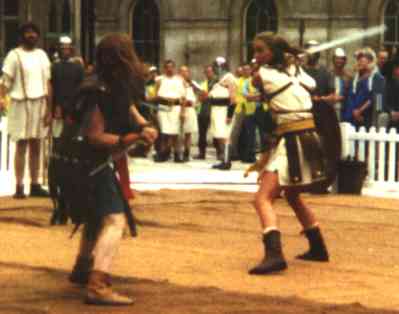 I confess to having had a special cheer for the women gladiators, who were every bit as impressive as the men. Recent excavations in London turned up the remains of one such competitor, the first physical evidence to support written records. In a strange parallel with the likes of Chyna in the WWF, they were generally regarded as outsiders, even among the mix of low-lifes, prisoners of war and condemned criminals, that made up the bulk of the fighters. In AD 90, the Emperor Domitian presented combats between women and dwarves but a later successor, Septimus Severus, banned them in AD 200.
I confess to having had a special cheer for the women gladiators, who were every bit as impressive as the men. Recent excavations in London turned up the remains of one such competitor, the first physical evidence to support written records. In a strange parallel with the likes of Chyna in the WWF, they were generally regarded as outsiders, even among the mix of low-lifes, prisoners of war and condemned criminals, that made up the bulk of the fighters. In AD 90, the Emperor Domitian presented combats between women and dwarves but a later successor, Septimus Severus, banned them in AD 200.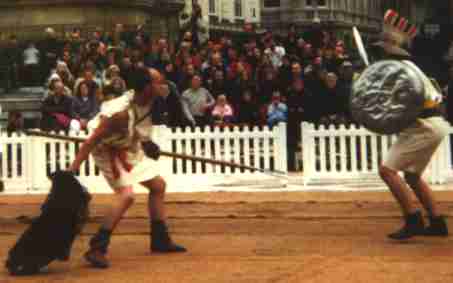 Such historical sidelights meant that this event was probably a bit more educational than the usual edition of Nitro. As well as the fighters, there were other “citizens” taking roles, from the businessman sponsoring the games, up to the emperor who made the final decision as to whether losers got the thumbs-up or down (the coup de grace could also be applied if injuries were deemed too severe). And it was also nice to see some members of the audience thoroughly getting into it, judging by the objects being thrown into the ring after the final bout was won by the emperor’s champion, though one suspects plastic bottles might not have been historically-accurate ammunition…
Such historical sidelights meant that this event was probably a bit more educational than the usual edition of Nitro. As well as the fighters, there were other “citizens” taking roles, from the businessman sponsoring the games, up to the emperor who made the final decision as to whether losers got the thumbs-up or down (the coup de grace could also be applied if injuries were deemed too severe). And it was also nice to see some members of the audience thoroughly getting into it, judging by the objects being thrown into the ring after the final bout was won by the emperor’s champion, though one suspects plastic bottles might not have been historically-accurate ammunition…